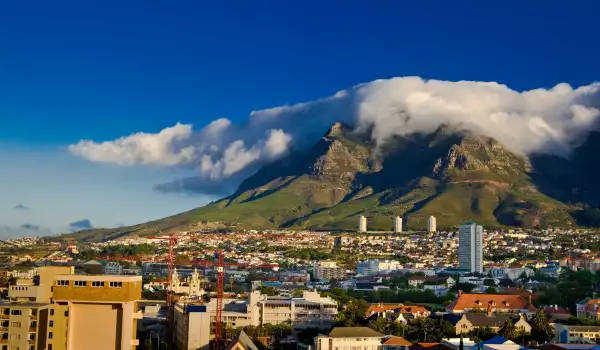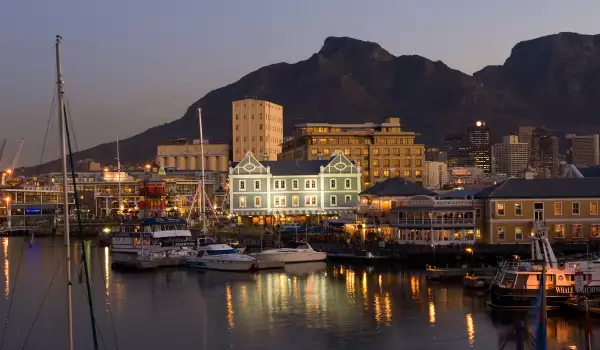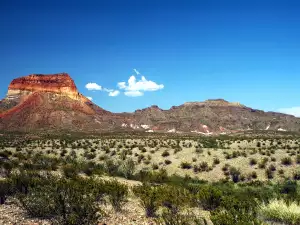Table Mountain

Table Mountain is one of the biggest attractions in South Africa and is invariably associated with the City of Cape Town. It is part of the general appearance of the city and then the municipal government decided to put an image of the Table Mountain on the flag of the city. Table Mountain is located at the northern end of the sand mountain range that forms the spine of the Cape Peninsula and is part of the same name reserve.
However, it is naturally down the middle of the city, and the nature has been disturbed by human hands, but its wild nature has been declared a protected area. For many tourists there are built in hiking trails and facilities, allowing for mountaineering and adventurous sports. The lovers of extreme experiences can even try to go down the mountain using climbing ropes.
There are four eco trails in the mountains, lasting from two to six days. The local population of Cape Town from Khoenkhoen to the San tribes called the mountain, Hoerikwaggo, which means, sea mountain.
Characteristic of Table Mountain is that the mountain ends with a 4 kilometer plateau surrounded by cliffs. It occupies the area between the Devil's Peak to the east and west of the Lion's Head. When you reach the plateau you will find indescribable views of the city and port of the Gulf.

In the mountains there are many caves that were formed in the sand. The biggest caves are Wynberg. The nature around them consists of about 2200 species of rare plants, including many live snakes, hedgehogs and antelopes, the latter of which resemble a cross between a giant guinea pig and rabbit.
The last lion in the area was shot around 1802. A leopard had crossed the wild territory of the reserve until 1920, but has since disappeared as the inhabitants of the mountain.















